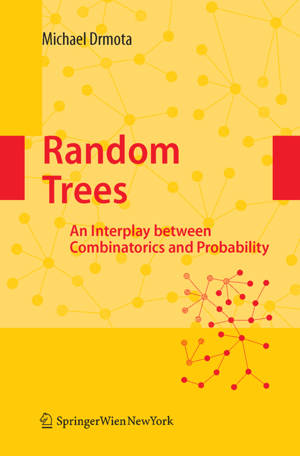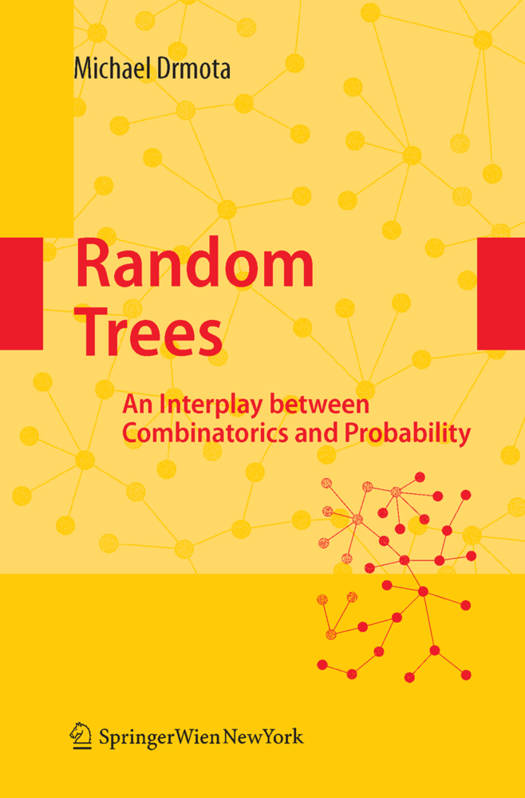
Door een staking bij bpost kan je online bestelling op dit moment iets langer onderweg zijn dan voorzien. Dringend iets nodig? Onze winkels ontvangen jou met open armen!
- Afhalen na 1 uur in een winkel met voorraad
- Gratis thuislevering in België vanaf € 30
- Ruim aanbod met 7 miljoen producten
Door een staking bij bpost kan je online bestelling op dit moment iets langer onderweg zijn dan voorzien. Dringend iets nodig? Onze winkels ontvangen jou met open armen!
- Afhalen na 1 uur in een winkel met voorraad
- Gratis thuislevering in België vanaf € 30
- Ruim aanbod met 7 miljoen producten
Zoeken
€ 147,95
+ 295 punten
Uitvoering
Omschrijving
Trees are a fundamental object in graph theory and combinatorics as well as a basic object for data structures and algorithms in computer science. During thelastyearsresearchrelatedto(random)treeshasbeenconstantlyincreasing and several asymptotic and probabilistic techniques have been developed in order to describe characteristics of interest of large trees in di?erent settings. Thepurposeofthisbookistoprovideathoroughintroductionintovarious aspects of trees in randomsettings anda systematic treatment ofthe involved mathematicaltechniques. It shouldserveasa referencebookaswellasa basis for future research. One major conceptual aspect is to connect combinatorial and probabilistic methods that range from counting techniques (generating functions, bijections) over asymptotic methods (singularity analysis, saddle point techniques) to various sophisticated techniques in asymptotic probab- ity (convergence of stochastic processes, martingales). However, the reading of the book requires just basic knowledge in combinatorics, complex analysis, functional analysis and probability theory of master degree level. It is also part of concept of the book to provide full proofs of the major results even if they are technically involved and lengthy.
Specificaties
Betrokkenen
- Auteur(s):
- Uitgeverij:
Inhoud
- Aantal bladzijden:
- 458
- Taal:
- Engels
Eigenschappen
- Productcode (EAN):
- 9783211753552
- Verschijningsdatum:
- 22/12/2008
- Uitvoering:
- Hardcover
- Formaat:
- Genaaid
- Afmetingen:
- 160 mm x 239 mm
- Gewicht:
- 1179 g

Alleen bij Standaard Boekhandel
+ 295 punten op je klantenkaart van Standaard Boekhandel
Beoordelingen
We publiceren alleen reviews die voldoen aan de voorwaarden voor reviews. Bekijk onze voorwaarden voor reviews.











